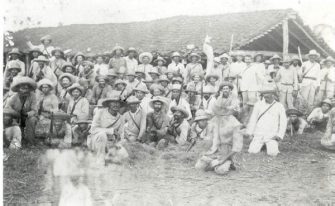 On December 10, 1898, the Treaty of Paris was signed, ending the Spanish-American War.
On December 10, 1898, the Treaty of Paris was signed, ending the Spanish-American War.
Most of the countries addressed by the treaty had been fighting for their freedom from Spain for decades, such as the Cuban soldiers in the photo. None of them were represented at the signing of the treaty. (Learn more about the three wars that Cubans fought for independence.)
Howard Zinn notes in A People’s History of the United States,
Cuba was thus brought into the American sphere, but not as an outright colony. However, the Spanish-American war did lead to a number of direct annexations by the United States. Puerto Rico, a neighbor of Cuba in the Caribbean, belonging to Spain, was taken over by U.S. military forces. The Hawaiian Islands, one-third of the way across the Pacific, which had already been penetrated by American missionaries and pineapple plantation owners, and had been described by American officials as “a ripe pear ready to be plucked,” was annexed by joint resolution of Congress in July of 1898. Around the same time, Wake Island, 2,300 miles west of Hawaii, on the route to Japan, was occupied. And Guam, the Spanish possession in the Pacific, almost all the way to the Philippines, was taken. In December of 1898, the peace treaty was signed with Spain, officially turning over to the United States Guam, Puerto Rico, and the Philippines, for a payment of $20 million.
The introduction to the teaching guide, Resistance in Paradise: Rethinking 100 Years of U.S. Involvement in the Caribbean and the Pacific, says:
[T]he Spanish-American war, which spanned a mere ten months during 1898, represents a defining moment in U.S. and world history, one that has affected hundreds of millions of lives in large parts of the globe. The war and its aftermath marked the emergence of the United States as a global power, pursuing interests and prerogatives far beyond its own territory. It would not be an exaggeration to say that the Spanish-American War set the stage for U.S. foreign and military policy during the twentieth century. Likewise, images and attitudes forged in that period continue to shape the stance of the United States toward the rest of the world today. . .
While the United States nominally recognized Cuba’s independence, the Filipinos, who had already declared their independence from Spain on June 12, 1898, did not achieve even such token recognition. By the time the Spanish-American war came to the Philippines, the rebels already controlled nearly the entire national territory, with only the capital of Manila remaining under Spanish control. As detailed in the chapter on the Philippines, the Filipino rebels aided U.S. forces against what they understood to be their common enemy, Spain. Nonetheless, the United States and Spain agreed to shut out the representatives sent by the Philippines to the negotiations that resulted in the Treaty of Paris, during which the United States bought the Philippines from Spain for $20 million. By a stroke of the pen, the Philippine struggle for national independence, already at an advanced stage, moved back to square one.
Following the signing of the Treaty of Paris, the Filipinos began another war for their independence, this time against the United States. Continue reading in Resistance in Paradise. The book is out of print, available for free online.
To introduce Cuba’s fight for independence from Spain and the U.S. to middle school students, we recommend the bilingual book, The Surrender Tree: Poems of Cuba’s Struggle for Freedom by Margarita Engle.

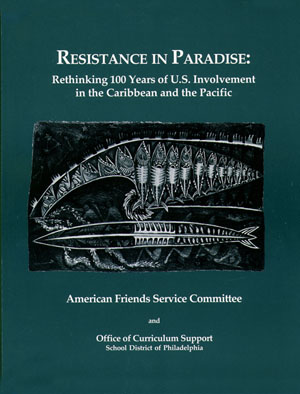
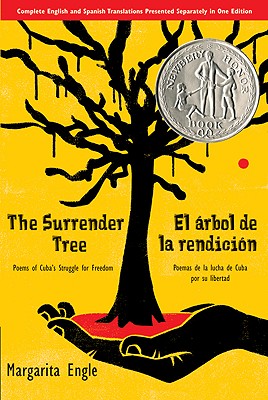

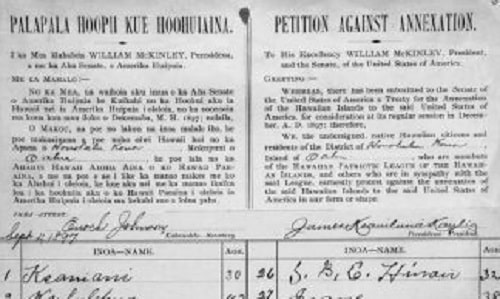
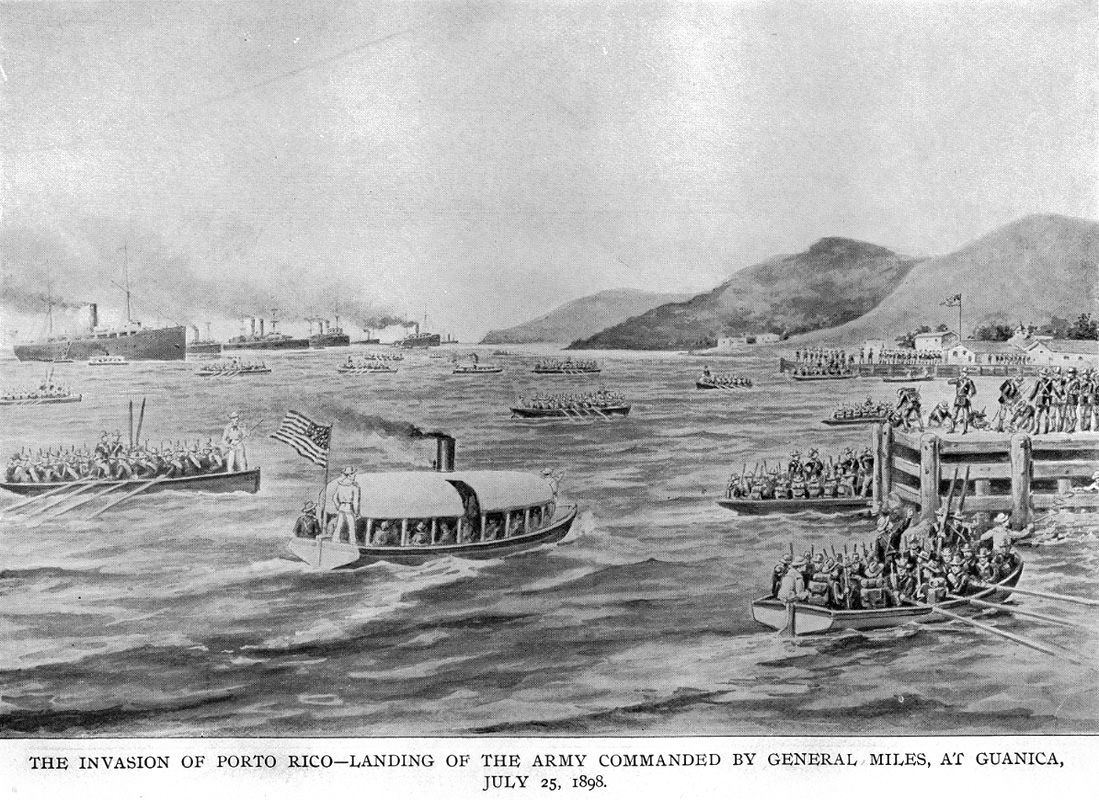
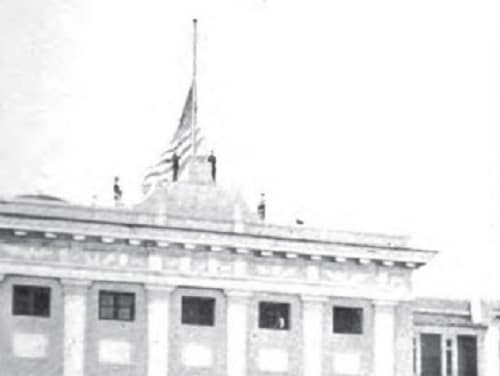
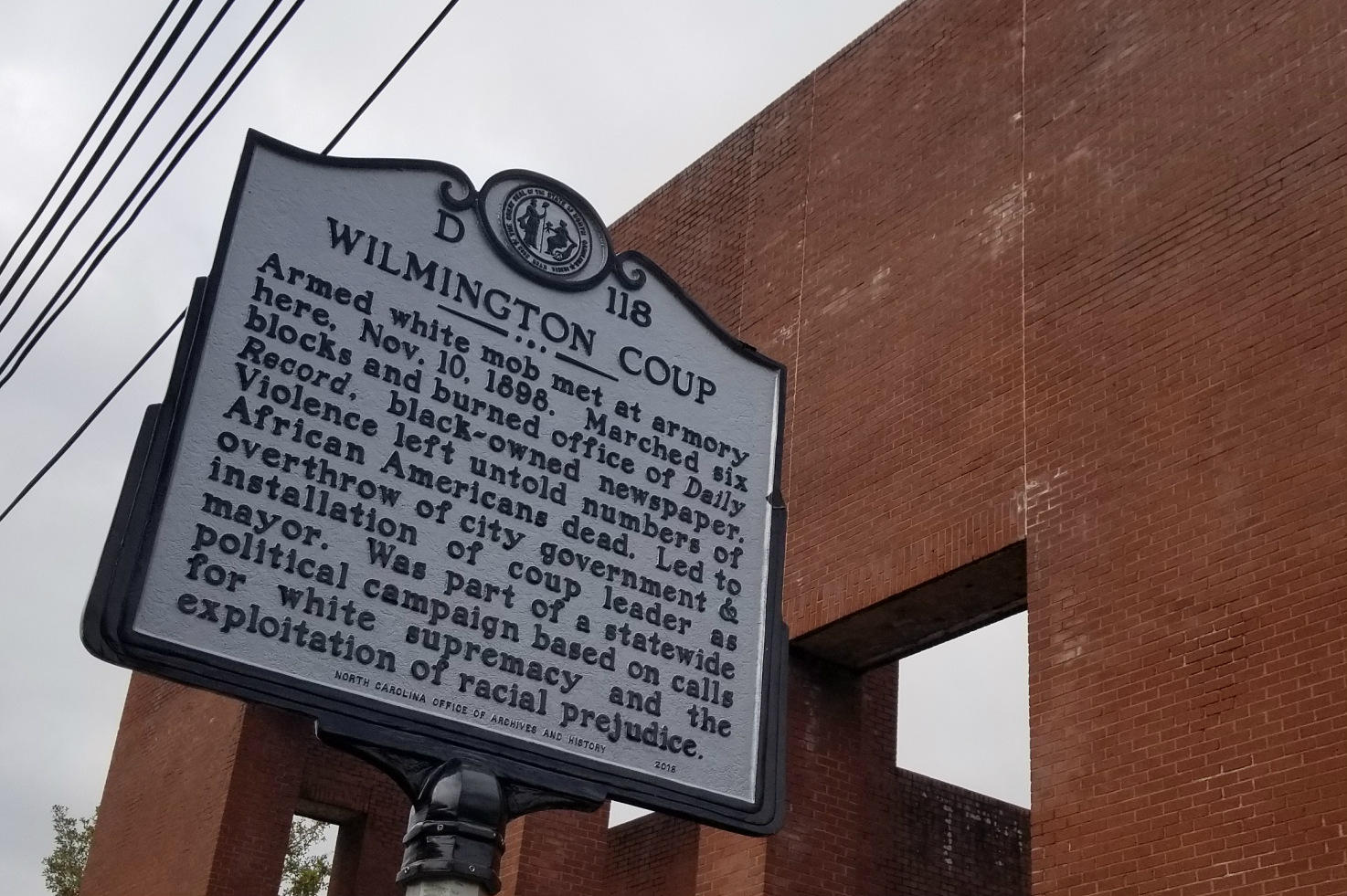





Twitter
Google plus
LinkedIn